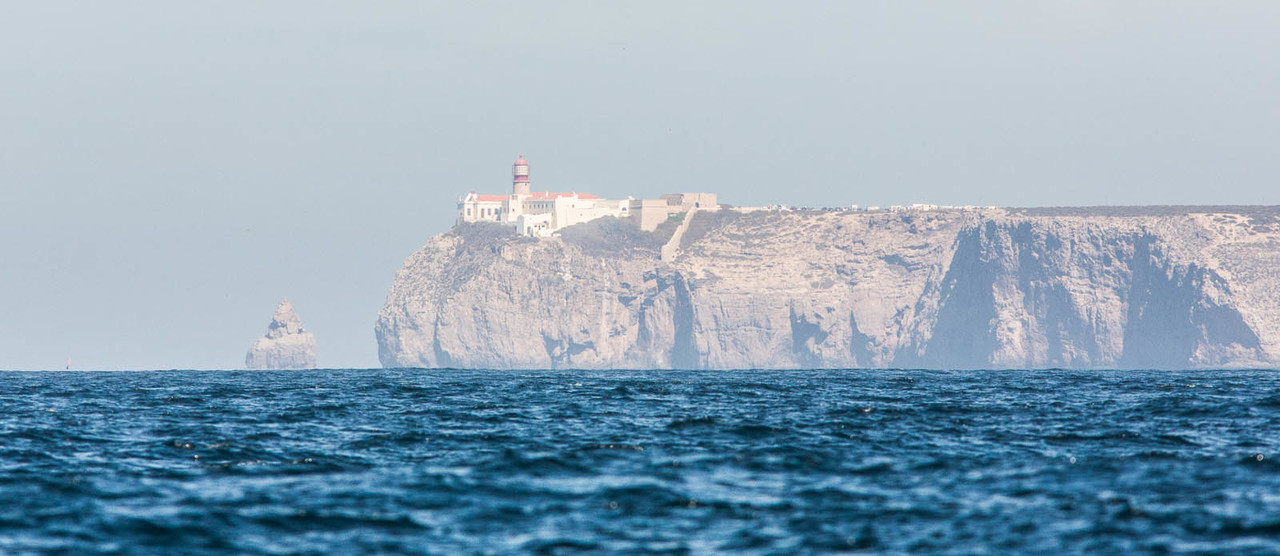8.7 Forces of the shore
 Shores and beaches are eroded by waves, tides and ice. When combined, these three forces transform shorelines over time.
Shores and beaches are eroded by waves, tides and ice. When combined, these three forces transform shorelines over time.
The stronger the wind, the larger the waves caused by it are. When waves beat the foot of a rocky shore, a cavity begins to form as the result of erosion. When this cavity grows larger, the rock that previously hung on top of it will eventually crash down. The result is a steep, rocky bank that gradually moves inland as a result of erosion.
Sometimes, waves can erode rocky shores by creating magnificent caverns and arches. When these eventually fall down, the result is a series of rauks, which are columns of rock that rise up from the sea.
Waves do not always beat against rock. On shallow beaches, waves create beach plateaus by carrying rock material near the shore. Sometimes, the currents of the sea can move some of the rock material away from the beach, creating sandbanks.
When waters freeze during the winter, the ice can be moved by wind or currents towards the shore. When this happens, different materials can pile up near the shore. On the shores of large oceans, the landscapes of beaches can also be transformed by tides.

A rauk has formed on the shore near the Cabo de São Vicente lighthouse in Portugal.